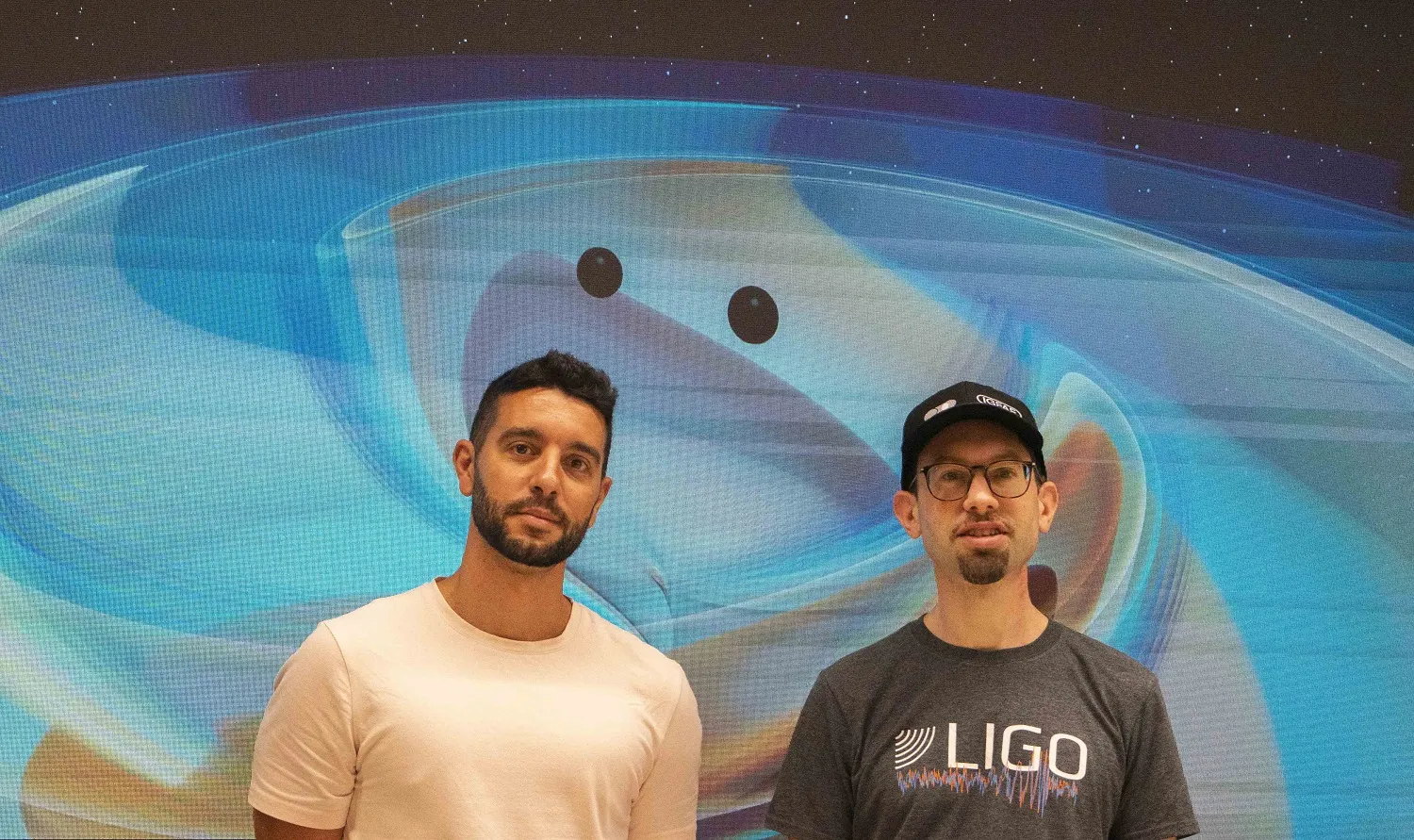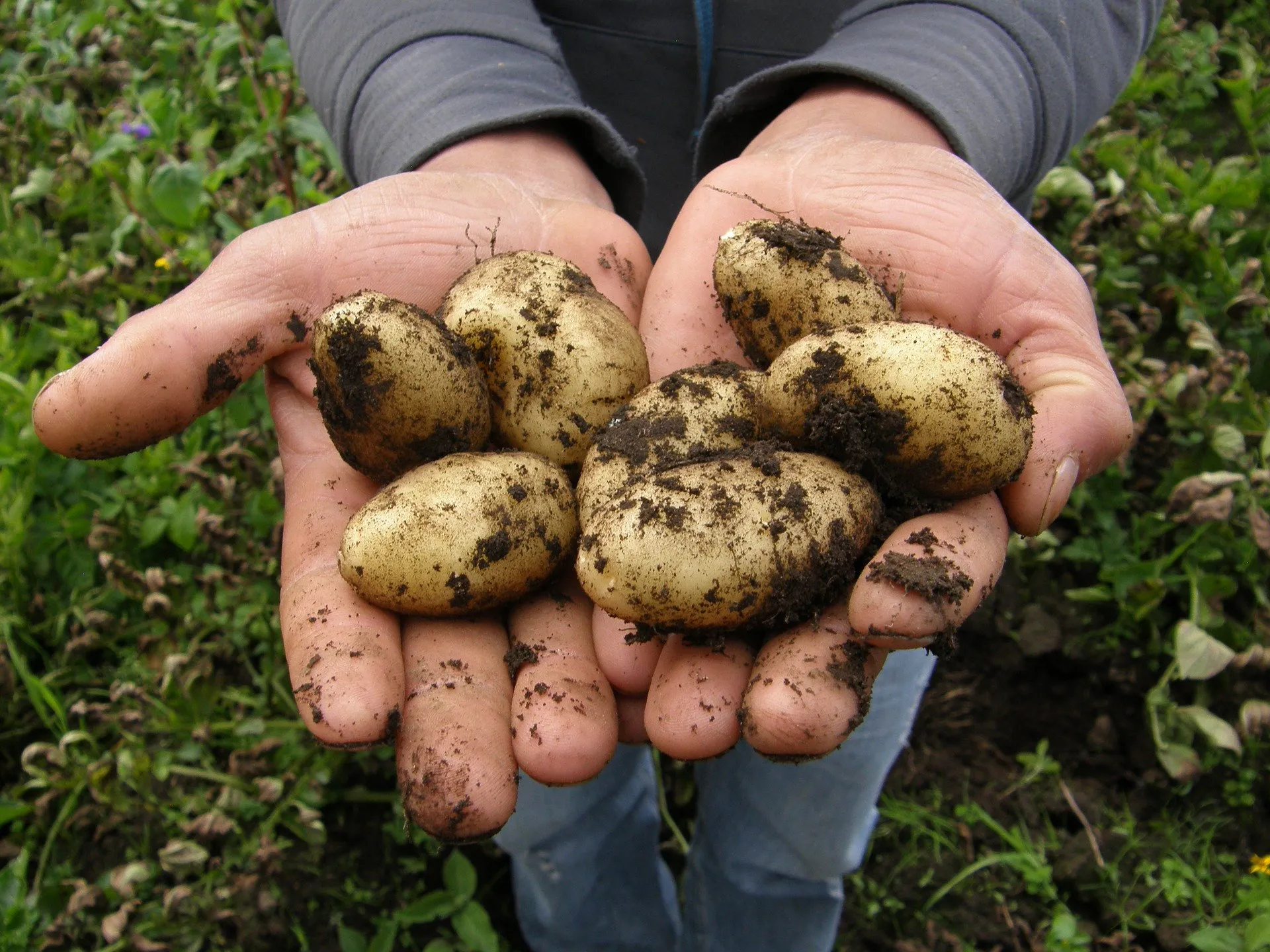Buracos negros chocando no límite da relatividade de Einstein: un achado de récord co protagonismo do IGFAE



11.03.2020

Un estudo dos investigadores do Instituto Galego de Física de Altas Enerxías (IGFAE) da USC Jhony Ramírez, Carlos Pajares e Ricardo Rodríguez, en colaboración con físicos e biólogos da Universidade de Puebla en México, foi seleccionado como high light (artigo destacado) da revista Physical Review E. A publicación abre o seu número de marzo con este traballo e a American Physical Society publica na súa revista Physics un resumo divulgativo do artigo conxuntamente cos seleccionados doutras publicacións.
Na investigación estúdase como se pode impedir a propagación da infección do patóxeno Phytophora que ataca diversas plantas e árbores, como chiles, aguacates, patacas, castiñeiros e eucaliptos. Os investigadores describen unha plantación como unha rede 2D e modelan a transmisión da enfermidade como un proceso de filtración. Logo, estudan como se move o patógeno a través da rede en función da proporción inicial da infección no chan e nas plantas, así como a susceptibilidade de cada especie en cada situación. Así, pódese calcular o número mínimo de barreiras física ou biolóxicas necesarias para impedir a propagación a toda a plantación.
As barreiras normalmente usadas son membranas impermeables de polietureno ou gabias con axentes biolóxicos de control. Para o cálculo construíronse algoritmos baseados na teoría de percolación que foi aplicada intensivamente no IGFAE a problemas de Física de Partículas como a liberación dos quarks e gluóns de dentro das partículas elementais que son producidas nas colisións de núcleos pesados.
Referencia: J. E. Ramírez, C. Pajares, M. I. Martínez, R. Rodríguez Fernández, E. Molina-Gayosso, J. Lozada-Lechuga, and A. Fernández Téllez. Site-bond percolation solution to preventing the propagation of Phytophthora zoospores on plantations. Phys. Rev. E 101, 032301